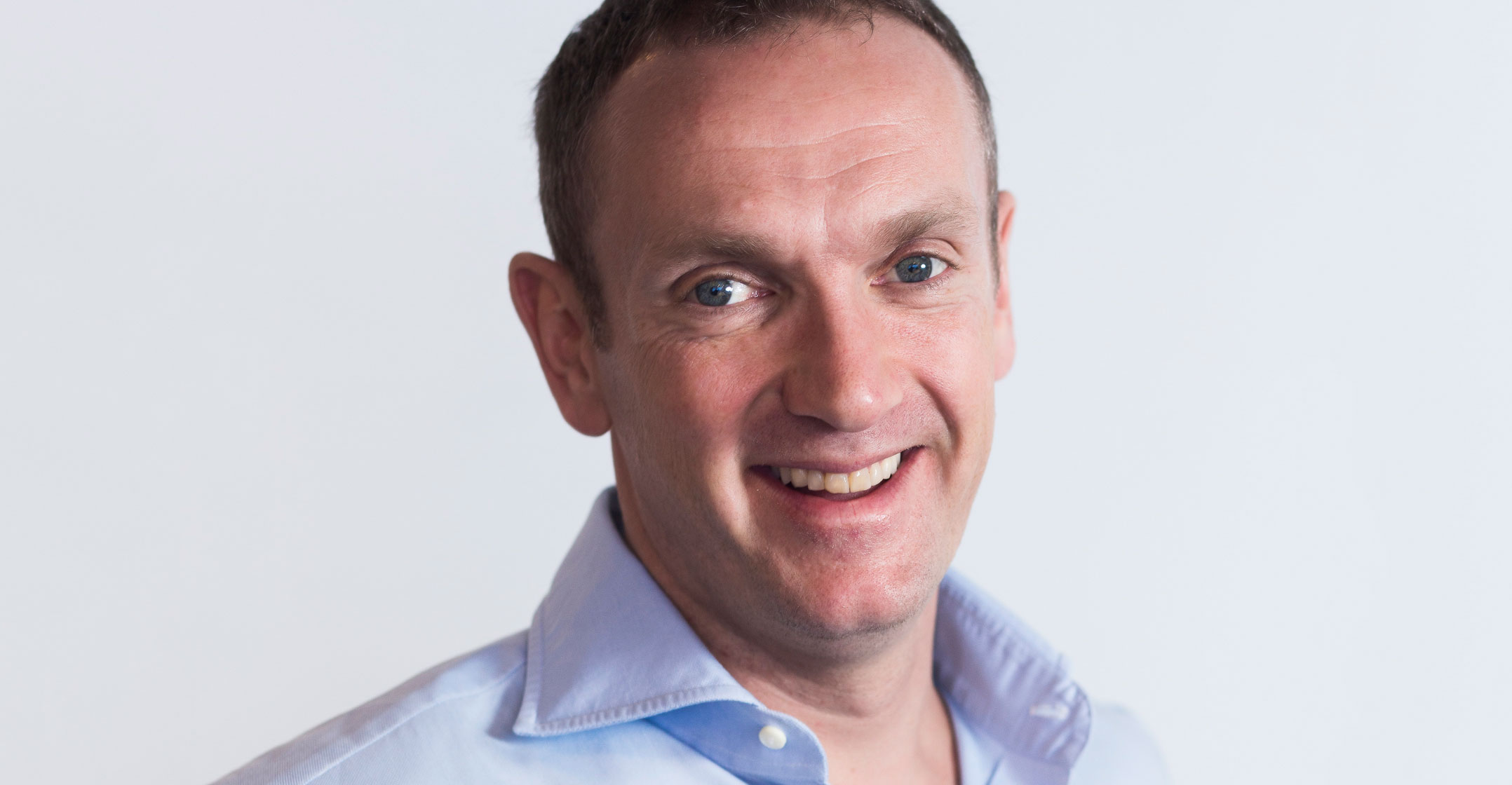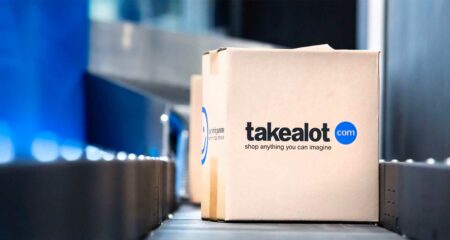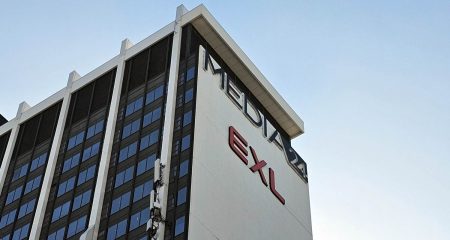
Naspers CEO Bob van Dijk said Africa’s largest company will consider “structural options” if the value gap with its stake in Tencent persists.
Naspers has a 33% stake in Shenzhen, China-based Internet giant Tencent, valued at about US$158bn, while Naspers itself has a market value of about $112bn. The discount is “too high”, and has been accelerating in the past 20 months, Van Dijk said on Tuesday in New York. Leaving aside Tencent, analysts place Naspers’s asset value at more than $180bn, said chief financial officer Basil Sgourdos.
Africa’s largest company by market value is considering using tools such as depository receipts to access new pools of capital that are otherwise restricted to trade on the JSE, Sgourdos at the investor presentation. Naspers will also consider listing some underlying businesses to unlock further value, he said.
In October, veteran emerging markets investor Mark Mobius said it should buy back Naspers stock. While repurchases could make sense when the company has more financial flexibility, right now it is focused on spending on expanding its businesses and on acquisitions, Sgourdos said.
The value gap with Tencent has widened in line with capital outflows from South Africa, where Naspers has its primary listing, Van Dijk said. It will be close to “impossible” for Naspers to move its listing from the JSE, which has also been protecting the company from hostile takeovers, he said.
Van Dijk has resisted pressure to sell Naspers’s holding in Tencent, a suggestion that has surfaced over the years.
E-commerce
The Cape Town-based company, which also owns Africa’s largest pay-TV business and newspapers, has been focusing on e-commerce and is now among the world’s largest investors in the space, backing ventures from Mail.ru Group in Russia to iFood in Brazil.
Naspers plans to accelerate the “path to profitability” of its e-commerce businesses and sees potential for initial public offerings of companies in its portfolio, Van Dijk said. The company could become purely focused on Internet businesses, which now make up about 77% of revenues, “quite quickly”, he said. “I do not think five years from now people will be picking up newspapers anymore or watching linear TV,” Van Dijk said. The company is looking at the digitalisation of these more traditional business units over the next two years. — (c) 2017 Bloomberg LP




